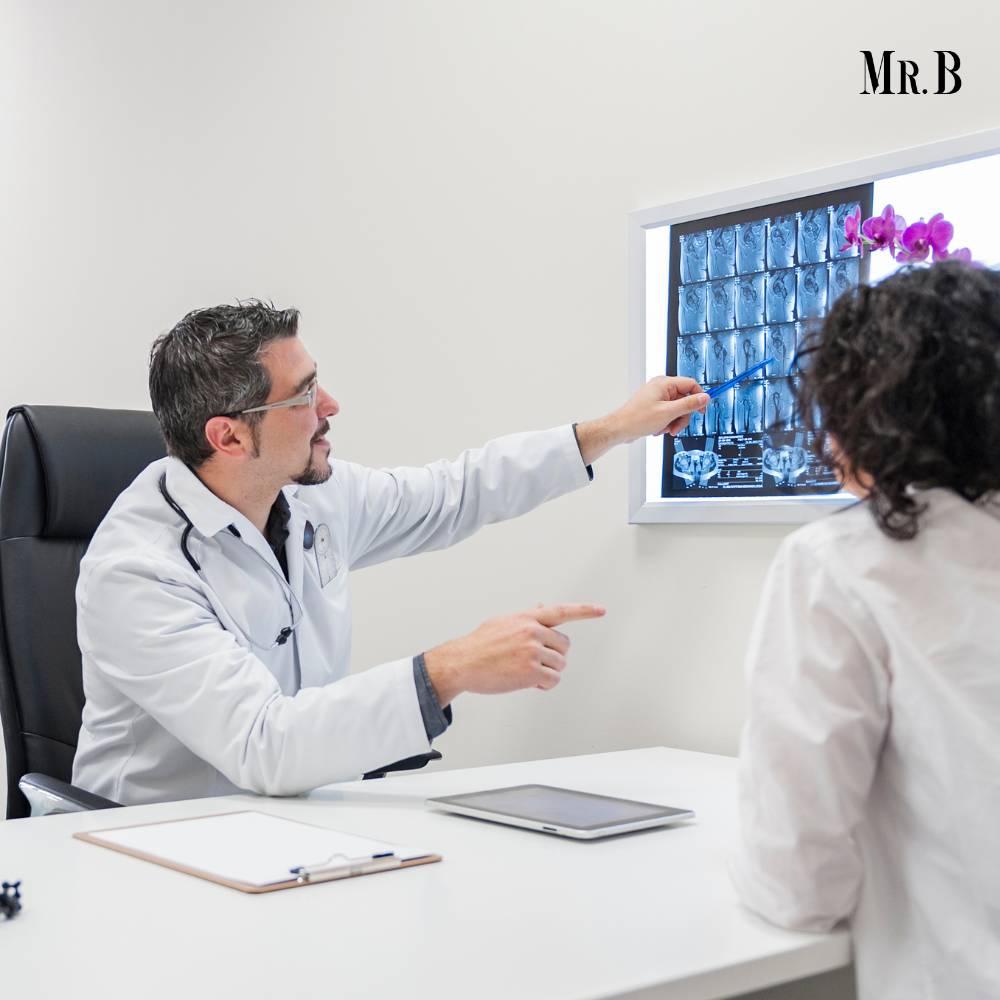Parkinson’s disease (PD) is a neurodegenerative disorder that has profound implications for those affected and their loved ones. Named after James Parkinson, who first described the condition in 1817, this disease affects millions worldwide, presenting a myriad of challenges in both diagnosis and treatment. In this comprehensive exploration, we will delve into the intricacies of Parkinson’s disease, exploring its symptoms, underlying causes, available treatments, and the promising developments on the horizon.
Understanding Parkinson’s Disease
The disease primarily targets the central nervous system, leading to a gradual decline in motor function. The hallmark features of PD include tremors, stiffness, bradykinesia (slowness of movement), and postural instability. While these motor symptoms are the most apparent, Parkinson’s can also manifest non-motor symptoms such as cognitive impairment, mood disorders, and autonomic dysfunction, further complicating the clinical picture.
The root cause of Parkinson’s disease lies in the progressive degeneration of dopamine-producing neurons in the substantia nigra, a region of the brain responsible for movement control. Dopamine, a neurotransmitter, plays a crucial role in facilitating smooth, coordinated movements. As these neurons succumb to degeneration, the resulting dopamine deficiency leads to the characteristic motor symptoms of Parkinson’s.

Diagnosis Challenges
Diagnosing Parkinson’s disease is a complex process, often relying on a combination of clinical assessments and ruling out other potential causes for similar symptoms. Neurologists may conduct detailed medical histories, physical examinations, and sometimes employ imaging studies such as MRI or DaTscan to assess dopamine levels in the brain. Despite advancements, misdiagnoses can occur, highlighting the need for more accurate and accessible diagnostic tools.
Available Treatments
While there is currently no cure for Parkinson’s disease, various treatments aim to manage symptoms and improve the quality of life for individuals living with the condition. Levodopa, a precursor to dopamine, remains a cornerstone in PD treatment, helping replenish the brain’s diminishing dopamine levels. Other medications, such as dopamine agonists, MAO-B inhibitors, and anticholinergics, may also be prescribed to address specific symptoms and improve motor function.
Surgical interventions, such as deep brain stimulation (DBS), have gained popularity in recent years. DBS involves implanting electrodes into specific regions of the brain, modulating abnormal neural activity and alleviating motor symptoms. While not a cure, DBS can significantly enhance the quality of life for some individuals with advanced Parkinson’s disease.

The Importance of Rehabilitation and Support
Beyond pharmacological and surgical interventions, rehabilitation plays a crucial role in managing Parkinson’s disease. Physical therapy, occupational therapy, and speech therapy can help individuals regain and maintain functional independence. Additionally, support groups and counseling can provide emotional and psychological support, helping individuals and their families navigate the challenges associated with Parkinson’s.
The Road to a Cure: Promising Developments
The quest for a cure for Parkinson’s disease is ongoing, with researchers around the world tirelessly working to unravel its complexities. Recent advancements in genetic research have identified specific genetic mutations associated with an increased risk of developing PD. These discoveries open new avenues for targeted therapies and interventions that may slow or even halt the progression of the disease.
Stem cell therapy is another promising area of research, with studies exploring the potential of replacing damaged neurons with healthy, functioning cells. While still in the early stages, the prospect of regenerative medicine offers hope for a future where the disease may be effectively treated or even reversed.
Emerging technologies, such as wearable devices and artificial intelligence, are also making significant contributions to Parkinson’s research. Continuous monitoring of movement patterns and other physiological markers can provide valuable data for both diagnosis and treatment optimization. This personalized approach may lead to more effective and tailored interventions, ultimately improving the lives of those affected by Parkinson’s.

Conclusion
Parkinson’s disease represents a complex puzzle, with its roots deeply embedded in the intricate workings of the human brain. While current treatments provide valuable support in managing symptoms, ongoing research and technological advancements offer hope for a future where Parkinson’s is not just managed but cured. The journey towards understanding and conquering this neurodegenerative disorder requires collaboration between scientists, healthcare professionals, and the individuals and families affected by Parkinson’s. As we continue to unlock the mysteries of the brain, the collective effort toward finding a cure becomes more promising, shedding light on a future where Parkinson’s disease is no longer an insurmountable challenge.
FAQs
- What are the early signs of Parkinson’s disease?
Ans: Early signs include tremors, stiffness, slowness of movement, and postural instability. Changes in handwriting and a reduced sense of smell may also be indicative.
- Is the disease hereditary?
Ans: While most cases aren’t directly inherited, certain genetic mutations may increase the risk. Family history alone doesn’t guarantee development.
- What treatments are available?
Ans: Management involves medications (like levodopa and dopamine agonists), lifestyle adjustments, and, in some cases, surgical interventions like deep brain stimulation.
- How is it diagnosed?
Ans: Diagnosis relies on medical history, neurological exams, and, at times, imaging studies. No definitive test exists; a neurologist’s expertise is crucial.
- Are there experimental treatments or clinical trials?
Ans: Yes, ongoing trials explore novel medications, gene therapies, and regenerative approaches like stem cell therapy. Consult healthcare professionals before considering participation.
Curious to learn more? Explore our articles on: Mr. Business Magazine








